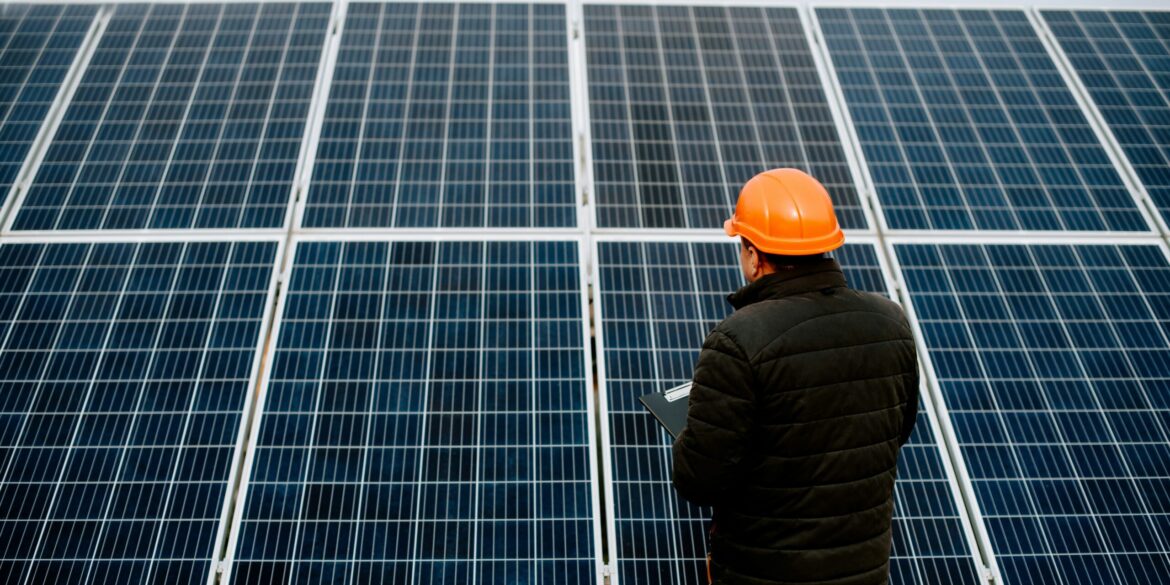As of August 5, 2025, the U.S. solar industry continues to grow, even as federal policy headwinds reshape the landscape for renewable energy development. During the first half of the year, utility-scale solar capacity increased by approximately 10 percent nationwide. Although this marks a sharp decline from the 33 percent growth seen in 2024, the continued expansion demonstrates the resilience of the sector in the face of reduced government support and growing regulatory uncertainty.
Among the states, Texas led with a 14 percent increase in capacity, driven by its abundant land, favorable solar economics, and strong grid demand. Arizona followed with a surprising 24 percent increase, as developers raced to complete projects ahead of looming federal subsidy reductions. In contrast, California—once the flagship of the solar movement—posted only a modest 2 percent gain. Developers in the state cite permitting delays, grid congestion, and the sunset of certain incentives as factors contributing to the slowdown.
This mixed performance follows a significant policy shift in early 2025. The One Big, Beautiful Bill, passed by the current administration and supported by a Republican-led Congress, curtailed many clean energy tax credits previously authorized under the Inflation Reduction Act. The new law mandates that solar projects must begin construction by mid-2026 and be placed in service by the end of 2027 to remain eligible for federal investment tax credits. These rollbacks have injected urgency into the market, prompting developers to accelerate installations to lock in benefits before the windows close.
The policy shift is not the only hurdle developers face. The reintroduction of tariffs on imported solar panels and raw materials has pushed up construction costs. These tariffs, part of a broader set of protectionist trade measures, are affecting the availability and affordability of critical inputs such as aluminum frames, photovoltaic modules, and inverter components. Additionally, new federal mandates require all large-scale solar and wind projects on public lands to undergo detailed Interior Department review, further delaying timelines and increasing compliance burdens.
Despite these challenges, solar remains the dominant source of new utility-scale electricity generation in the U.S. During the first quarter of 2025, nearly 69 percent of all new power capacity added came from solar installations, many of which were paired with battery storage systems to ensure round-the-clock reliability. Analysts forecast that solar, together with storage, will continue to account for the majority of new generation added throughout the year.
The urgency to complete projects before subsidy deadlines is shaping installation patterns across the country. Developers are clustering activity in states with favorable permitting environments and high solar irradiance, leading to surges in certain regions while others see declines. Nationwide, hundreds of projects are currently under construction, and more are slated to break ground in the second half of the year. However, experts warn that some of these may not reach completion in time to qualify for incentives, rendering them financially unviable.
The broader implications of the policy rollback are beginning to take shape. Industry observers caution that reducing support for renewable energy now could undermine the U.S. energy transition at a time when demand for electricity is rising rapidly. The proliferation of artificial intelligence systems, data centers, electric vehicles, and heat pump installations is placing new strains on the grid. Without an aggressive buildout of clean generation capacity, energy shortfalls may emerge within the decade.
Some energy analysts estimate that the scaling back of tax incentives could reduce new power generation by hundreds of gigawatts by 2035. This shortfall would not only impact climate goals but could also lead to higher electricity prices for consumers and businesses. The solar industry currently supports hundreds of thousands of jobs across the supply chain, from manufacturing and installation to maintenance and operations. A slowdown in project deployment would likely lead to job losses and weakened investment in domestic manufacturing.
Nevertheless, the industry is pushing forward. Many developers are diversifying their funding sources, forming joint ventures, and investing in technology to reduce costs and boost efficiency. Some are shifting focus toward distributed generation and community solar models, which may be less affected by federal policies. Others are expanding into international markets where policy environments are more favorable.
In states like Texas and Arizona, local governments and utilities are offering additional support to keep momentum going. Streamlined permitting, grid interconnection reforms, and local tax incentives are helping to offset some of the federal pullbacks. These regional efforts highlight a growing divergence in U.S. energy policy, where state-level initiatives may become increasingly important in sustaining solar market growth.
While the road ahead for solar is more complicated than in recent years, the first half of 2025 has shown that the industry remains adaptable and responsive. Growth has slowed but not stopped, and many in the sector remain optimistic that long-term trends—including declining technology costs, consumer demand for clean energy, and global climate commitments—will ultimately keep solar on a strong trajectory.

